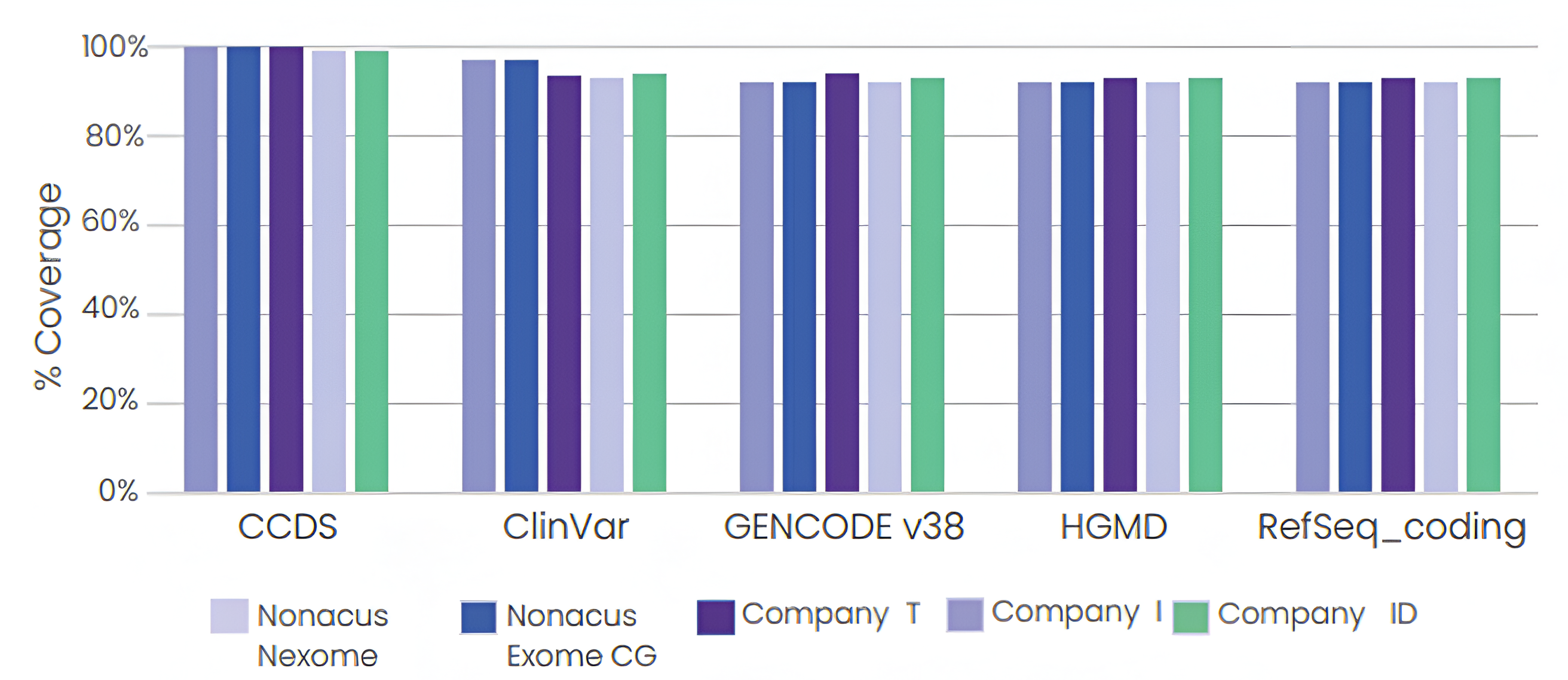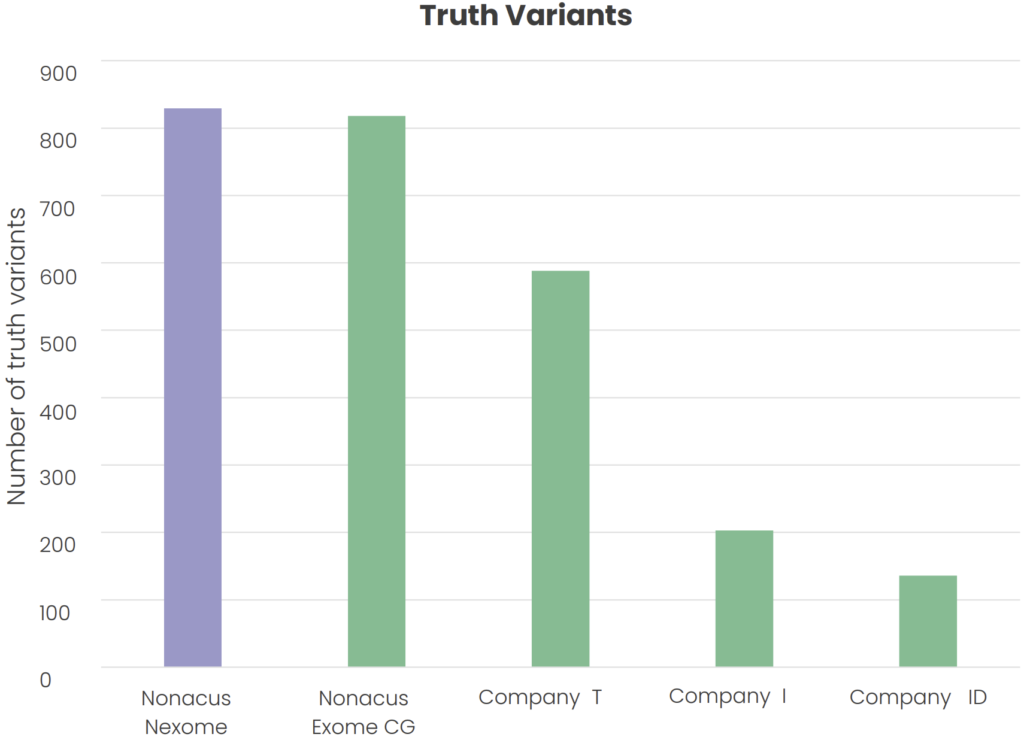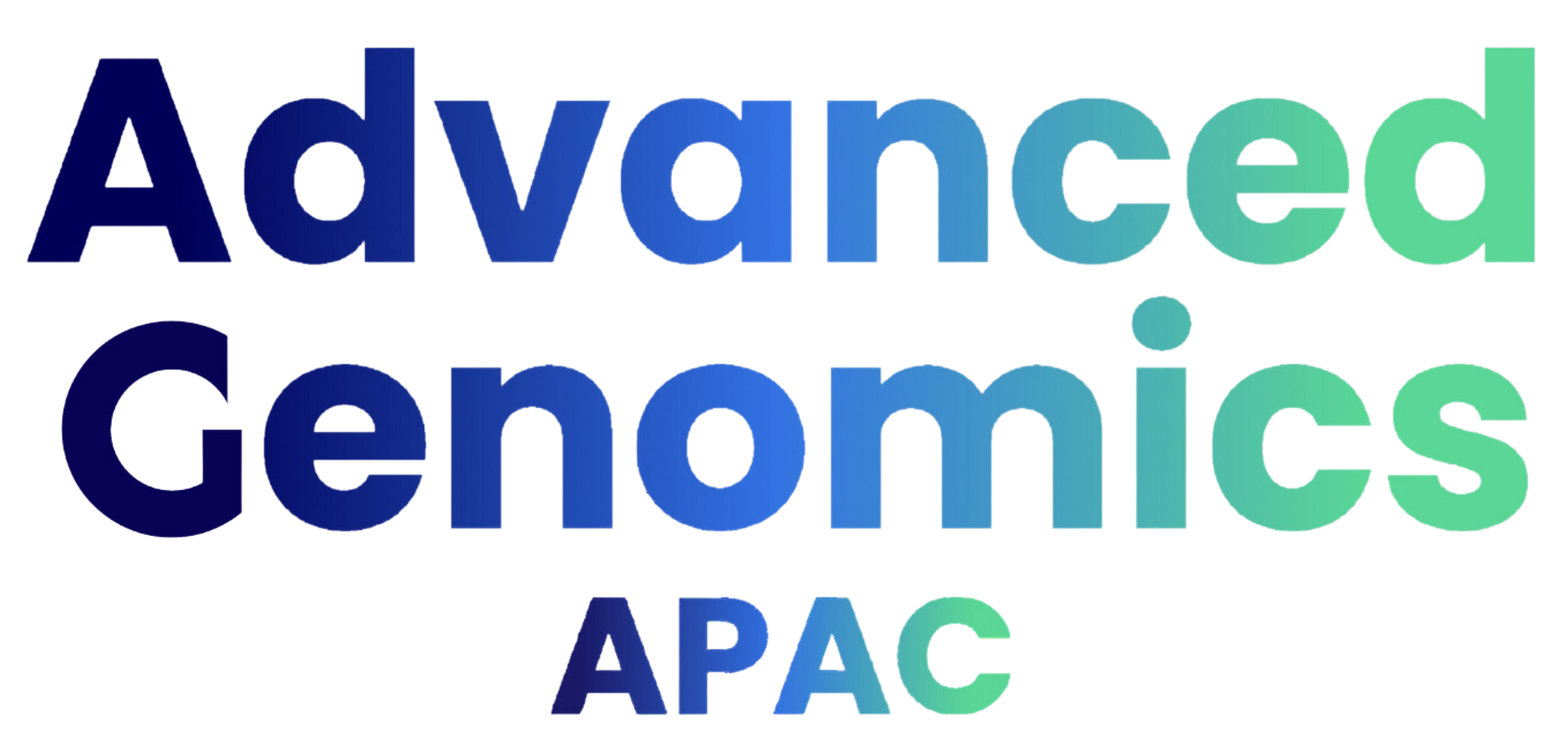
Cell3™ Target: Nexome
Comprehensive Exome Capture with Superior Variant Detection
Cell3™ Target: Nexome offers enhanced exome capture with precise SNV, INDEL, and CNV detection. Achieve broader variant capture, optimized efficiency, and reliable clinical insights in one assay.
Unparalleled Genetic Insights with Precise SNV, INDEL, and CNV Detection
Experience Precise SNV, INDEL, and CNV Detection in a Single Assay
Cell3™ Target: Nexome goes beyond standard exome sequencing by targeting both protein-coding and clinically relevant non-coding regions of the genome. With enhanced probe design, this exome capture technology enables high-confidence CNV detection, ensuring comprehensive genomic analysis.

Key Features
- Extensive Coverage
-
Targets 51.9 Mb of the genome, surpassing conventional exome panels
- Accurate Variant Detection
-
Optimized for SNVs, INDELs, and CNVs with superior recall rates
- Clinically Relevant Enhancements
-
Includes genes linked to prenatal diagnosis, epilepsy, and pharmacogenomics (PGx)
- Optimized for Efficiency
-
Detects up to 30% more variants without increasing sequencing costs
- Automatable Workflow
-
Streamlined protocol with high-throughput processing capability for up to 96 samples
Comprehensive Genetic Insights for Clinical Applications
- Exon-level deletions and duplications, commonly detected by MLPA-based assays
- Genes associate with prenatal abnormalities, aiding in prenatal diagnostics
- Early Infant Epileptic Encephalopathy (EIEE) transcripts, enhancing epilepsy diagnosis
- RefSeq transcripts, promoter regions, 5′ and 3′ UTR sequences corresponding to OMIM morbid set of 4,090 genes
- Non-coding variants linked to genetic diseases, providing a broader scope of analysis
- Pharmacogenomic (PGx) markers, improving drug response predictions
Unmatched Precision in SNV and INDEL Detection
Cell3™ Target: Nexome outperforms competing exome panels in detecting true variants within the HG001 human genome standard reference, ensuring exceptional accuracy and recall.
- Higher True Variant Detection
Consistently identifies more SNVs and INDELs than leading competitors - Maintains Superior Precision
Delivers high accuracy for clinically relevant mutations
SNV


INDELS


Cost-Effective, High-Yield Exome Sequencing
Broader Variant Capture
Cell3™ Target: Nexome maximizes sequencing efficiency, requiring just 6.63 Gb to achieve a 100× mean coverage, reducing unnecessary sequencing costs.
- Detects 30% more variants compared to traditional exome kits
- Targets over 51 Mb of the human genome
Table 1 Mb required to achieve mean coverage of 100× for Cell3™ Target: Nexome and other commercially available exome products.
| Panel Size (Mb) | Percentage target covered at 1x | Gb Required for mean 100x coverage | Percent Bases on or near bait | |
|---|---|---|---|---|
| Nexome | 51.90 | 98.78% | 6.63 | 94.18% |
| Exome CG | 51.60 | 98.78% | 6.57 | 94.07% |
| Company T | 36.70 | 97.42% | 6.85 | 85.89% |
| Company I | 45.20 | 98.15% | 7.16 | 86.18% |
| Company I.D | 34.10 | 98.49% | 6.04 | 93.09% |
Reliable CNV Calling
Copy number variants (CNVs) account for approximately 10% of disease-associated variants and have been identified in about 10-20% of individuals with neurodevelopmental disorders.
- Spanning 100 bp to 40 Mb, confidently detecting exons and gene-level CNVs
- Evaluated through MLPA and CMA-confirmed CNV mutations from 50 bp (a single exon) to 42 Mb
- Detection of clinically relevant events is achieved with superior precision and recall and provides an exome alternative to CMA and MLPA based CNV analysis
Table 2a Detection of MLPA-confirmed CNVs.
| Affected Gene | CNV region | CNV size (bp) | CNV exons | CNV type | Bayes factor |
|---|---|---|---|---|---|
| FBN1 | exons 29-65 | 74632 | 37 | deletion | 320.0 |
| BRCA1 | exons 1-23 | 77841 | 24 | deletion | 190.0 |
| FBN1 | exons 1-17 | 142063 | 18 | deletion | 300.0 |
| BRCA1 | exons 1-17 | 57876 | 18 | deletion | 200.0 |
| BRCA1 | exons 8-13 | 17956 | 6 | deletion | 40.4 |
| BRCA1 | exons 8-13 | 17956 | 6 | deletion | 82.4 |
| BRCA2 | exons 5-7 | 513 | 3 | deletion | 22.1 |
| NSD1 | exons 7-9 | 6034 | 3 | deletion | 34.5 |
| FBN1 | exons 60-62 | 3934 | 3 | deletion | 32.8 |
| NSD1 | exons 1-3 | 58095 | 3 | deletion | 54.8 |
| BRCA2 | exons 1-2 | 1054 | 2 | deletion | 28.3 |
| BRCA1 | exons 7-8 | 311 | 2 | deletion | 4.7 |
| BRCA1 | exons 8-9 | 1444 | 2 | deletion | 7.5 |
| BRCA1 | exon 16 | 211 | 1 | deletion | 14.5 |
| BRCA1 | exon 20 | 84 | 1 | deletion | 9.4 |
Table 2b Detection of CMA-confirmed multi-gene CNVs.
| CNV region | CNV size (Mb) | CNV genes | CNV type | Bayes factor |
|---|---|---|---|---|
| 13q14.2q32.1 | 42.0 | 367 | deletion | 2410 |
| 4p16.3p15.2 | 22.9 | 339 | deletion | 4620 |
| 20q11.22q13.12 | 11.3 | 244 | deletion | 7000 |
| 7p14.1p11.2 | 15.9 | 182 | deletion | 5040 |
| 1p36.32 | 3.7 | 140 | deletion | 2710 |
| 22q11.21 | 2.0 | 83 | deletion | 2890 |
| 8q23.1q24.12 | 11.8 | 71 | deletion | 1330 |
| 22q11.21 | 2.2 | 64 | duplication | 1430 |
| 11p12p11.2 | 2.3 | 54 | deletion | 1240 |
| 7q11.23 | 1.4 | 38 | deletion | 2080 |
| 15q11.2 | 0.9 | 31 | deletion | 494 |
| 17p12 | 1.3 | 24 | deletion | 275 |
| 14q22.1 | 0.7 | 20 | deletion | 508 |
| 15q11.2 | 0.5 | 4 | duplication | 370 |
| 13q12.11 | 0.2 | 2 | deletion | 75 |
Seamless Automation & Scalable Laboratory Processing
Designed for efficiency and flexibility, Cell3™ Target: Nexome simplifies sequencing workflows
- The Cell3™ Target: Nexome kit includes all the necessary reagents for library preparation, hybridization, and capture
- Total Workflow Time
Less than 10 hours (under 2 hours of hands-on time) - Minimal Input DNA Requirement
Only 1 ng of DNA needed - Automation-Ready
Supports manual and high-throughput workflows (up to 384 samples) - Compatibility
Full scalable across all Illumina sequencing platforms
References
- McKusick V. Online Mendelian Inheritance in Man, OMIM™. McKusick-Nathans Institute for Genetic Medicine, Johns Hopkins University (Baltimore, MD) and National Center for Biotechnology Information, National Library of Medicine (Bethesda, MD), 2000. Accessed October 10, 2023. https://omim. org. 2009. Full article
- Smedley D, Schubach M, Jacobsen JO, Köhler S, Zemojtel T, Spielmann M, et al. A whole-genome analysis framework for effective identification of pathogenic regulatory variants in Mendelian disease. The American Journal of Human Genetics. 2016; 99(3):595-606. Full article
- Landrum MJ, Lee JM, Benson M, Brown GR, Chao C, Chitipiralla S, et al. ClinVar: improving access to variant interpretations and supporting evidence. Nucleic Acids Research. 2018;46(D1):D1062-7.. Full article
Product Specifications
| Enrichment method | Hybridisation and capture |
| Capture panel Size | 51.9 Mb |
| Sequencing platform | Illumina |
| Targets | Clinically relevant genes |
| Variant types | SNVs, indels and CNVs |
| Sample type | gDNA from blood, saliva, amniotic fluid, tissue or FFPE, cfDNA |
| Input DNA requirements | 1-1000 ng |
| Expected percentage duplication | ~5-6% |
| Expected percentage on target (150 bp padding) | ~95% |
| Gb required for mean 100× coverage | 6.63 |
| Multiplex capability | 384 |
Ordering Information
Cell3™ Target panels are available with one of two versions of our library preparation kits:
- Fragmentation: for use with DNA (genomic, FF, FFPE)
- Non-fragmentation: for use with cell-free DNA
| Product | Catalog No. |
|---|---|
| Cell3™ Target: Nexome, Frag 16 samples | NGS_C3T_NEX_FR_16 |
| Cell3™ Target: Nexome, Frag 96 samples | NGS_C3T_NEX_FR_96_A/B/C/D* |
| Cell3™ Target: Nexome, Non Frag 16 samples | NGS_C3T_NEX_NF_16 |
| Cell3™ Target: Nexome, Non Frag 96 samples | NGS_C3T_NEX_NF_96_A/B/C/D* |
- A: Adapter plate with indexes 1-96
- B: Adapter plate with indexes 97-192
- C: Adapter plate with indexes 193-288
- D: Adapter plate with indexes 289-384
*To provide flexibility in multiplexing samples, our 96-sample kits offer a choice in adapter plate









